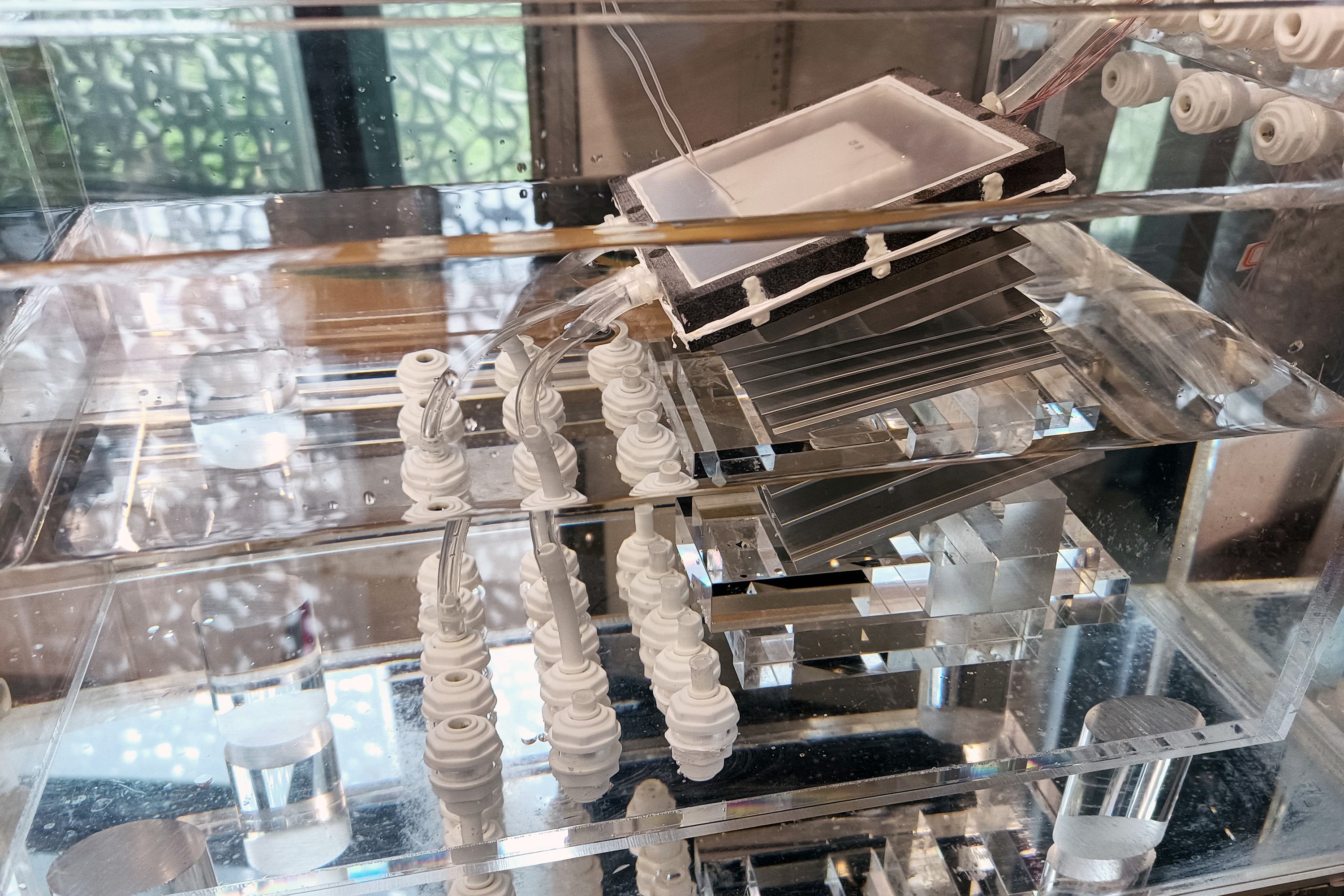Engineers at MIT and in China are aiming to turn seawater into drinking water with a completely passive device that is inspired by the ocean, and powered by the sun.
In a paper appearing today in the journal Joule, the team outlines the design for a new solar desalination system that takes in saltwater and heats it with natural sunlight.
The researchers estimate that if the system is scaled up to the size of a small suitcase, it could produce about 4 to 6 liters of drinking water per hour and last several years before requiring replacement parts. At this scale and performance, the system could produce drinking water at a rate and price that is cheaper than tap water.



solving issues isn’t profitable
It’s unfortunately not a profitability issue, at least not necessarily. I wish that it was, because then all you need is investors like silicon valley and you can run at a loss.
What the researchers have created here is a bench top device. It needs to be scaled up for widespread commercial use, and that’s where things get difficult. Scale up is one of the things my field does, although I don’t have personal experience with it. Scale up is where a lot of projects die because of new issues developing.
This device is relying on flow patterns and convection currents. That gives me some concern actually, because these patterns can change a lot with larger vessels. A common industry problem with fluid flow in larger tanks is that you’ll get “dead zones”. The internal flow dynamics are such that some parts of the vessel see no actual flow, and it’s just stagnant. That’s a big problem when you’re relying on flow to keep your entire tank cool or to carry out precipitated salts.
Cool insight - thanks!
You’re welcome. One of the disappointing things I realized as I learned more in college wasn’t that we had easy solutions that were being suppressed by the rich, but really difficult solutions that were being discouraged by the rich.